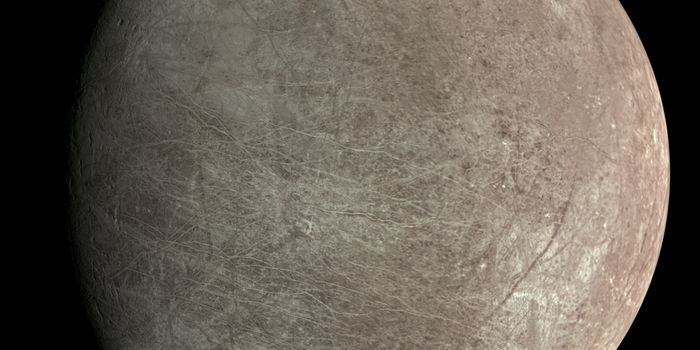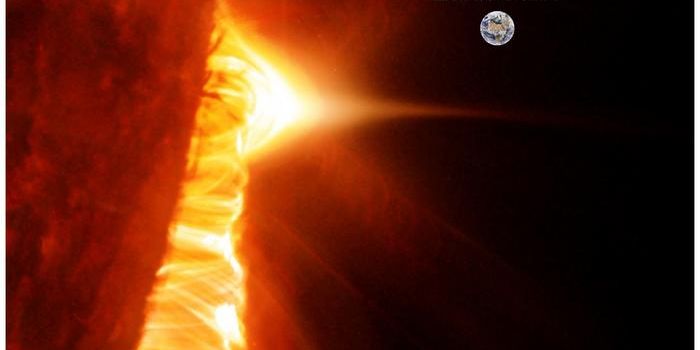Could Lava Tubes Serve As Human Habitats on the Moon or Mars?
One of the trickiest parts of sending astronauts to the Moon or Mars in the long-term is figuring out how and where they'll live. Both environments are hostile because cosmic radiation constantly bombards them, so protection of some kind is crucial to ensure their safety.
While some have suggested building ice dome habitats to shield inhabitants from cosmic radiation, another approach could be to utilize naturally-occurring underground cave-like conduits that once channeled molten rock during volcanic activity, known as lava tubes.
Image Credit: ESA/L. Ricci
The thick, rocky walls of these lava tubes would guard astronauts against cosmic radiation on the surface, and scientists also think they could be large enough to support an entire town’s worth of people.
Lava tubes exist on our planet too, so scientists don't have to go to other worlds to study them. On the other hand, lava tubes might be much larger on the Moon and Mars because of the differences in gravity.
“The comparison of terrestrial, lunar and Martian examples shows that, as you might expect, gravity has a big effect on the size of lava tubes,” said Dr. Riccardo Pozzobon from the University of Padova.
“On Earth, they can be up to thirty meters across. In the lower gravity environment of Mars, we see evidence for lava tubes that are 250 meters in width. On the moon, these tunnels could be a kilometer or more across and many hundreds of kilometers in length."
Related: What happened to Mars' atmosphere?
Locating lava tubes on the Moon or Mars can be tricky business with current methods. Planetary scientists often discover them after they’ve already collapsed, but a fallen lava tube system would be worthless to astronauts.
Instead, we need to find structurally-sound lava tube systems if they’re to be of any use to us, and the only way to do that is to probe the ground.
Ground-penetrating radar systems mounted onboard orbiting satellites could help; they would enable scientists to map underground lava tube systems and learn more about their composition and size. Both are important factors to consider if we ever want to conclude whether lava tubes could make viable habitats for human explorers.
“These results have important implications for habitability and human exploration of the moon but also for the search of extraterrestrial life on Mars,” Pozzobon continued.
“Lava tubes are environments shielded from cosmic radiation and protected from micrometeorites flux, potentially providing safe habitats for future human missions. They are also, potentially, large enough for quite significant human settlements – you could fit most of the historic city center of Riga into a lunar lava tube.”
Related: Here's why Mars is dry and lifeless today
As it would seem, lava tubes may prove useful in keeping interplanetary explorers safe from cosmic radiation. On the other hand, they're still going to need life support and resource-gathering systems to survive the extended mission. Figuring out how to integrate everything seamlessly remains the greatest challenge of all.
Given all the possibilities and speculation, it should be interesting to see just how space agencies will move forward with sending astronauts to other words. After all, SpaceX seems confident that we’ll be able to do it by 2024.
Source: Phys.org









